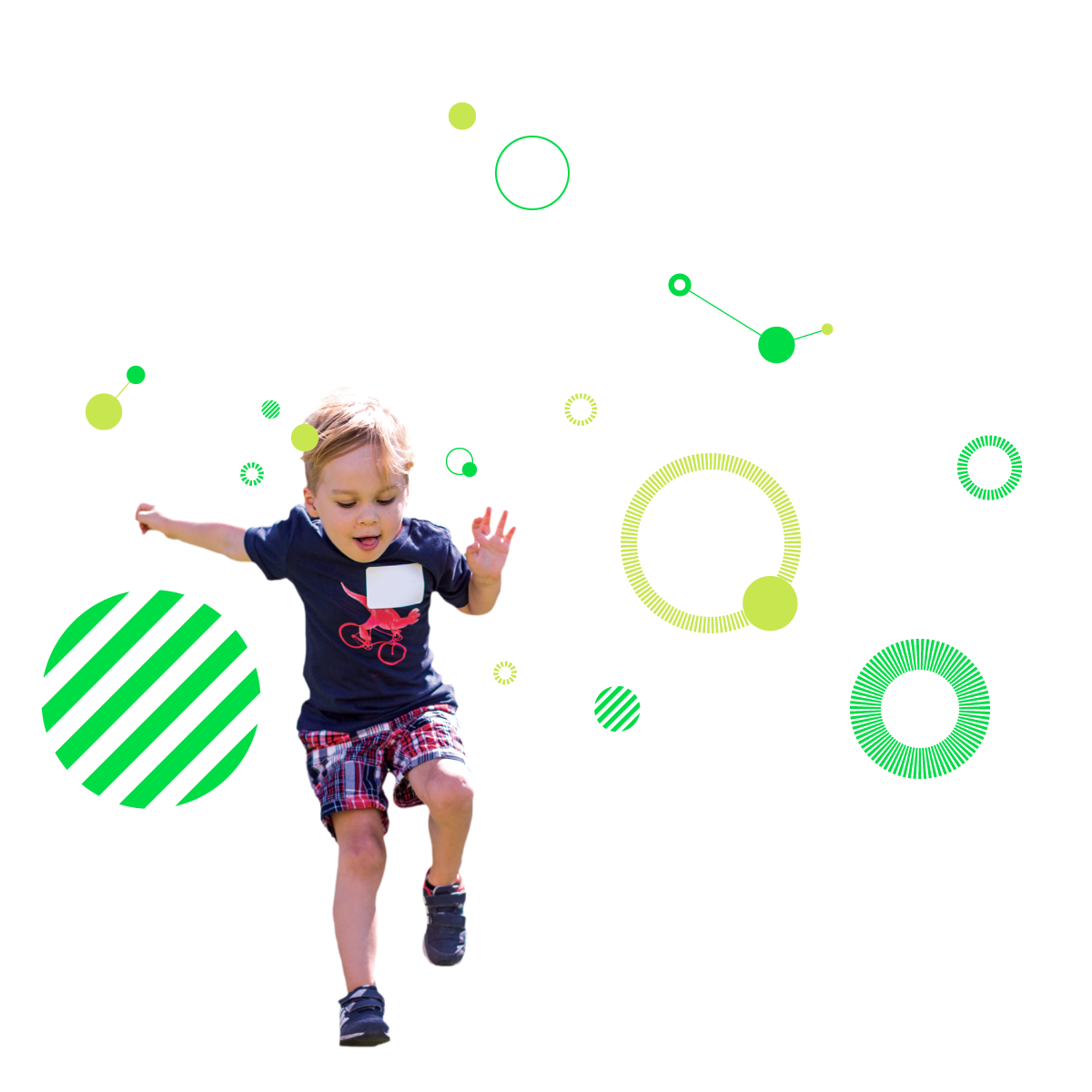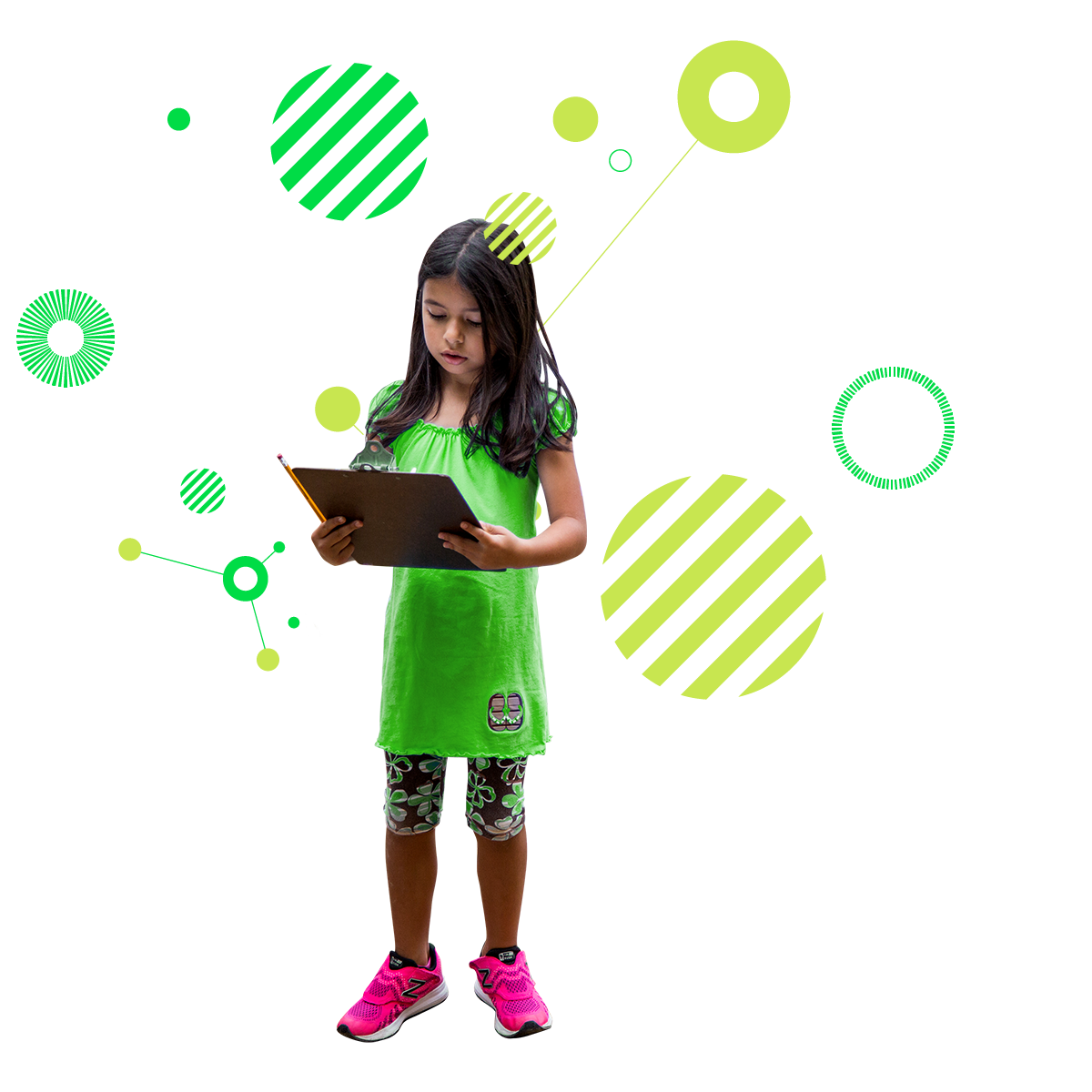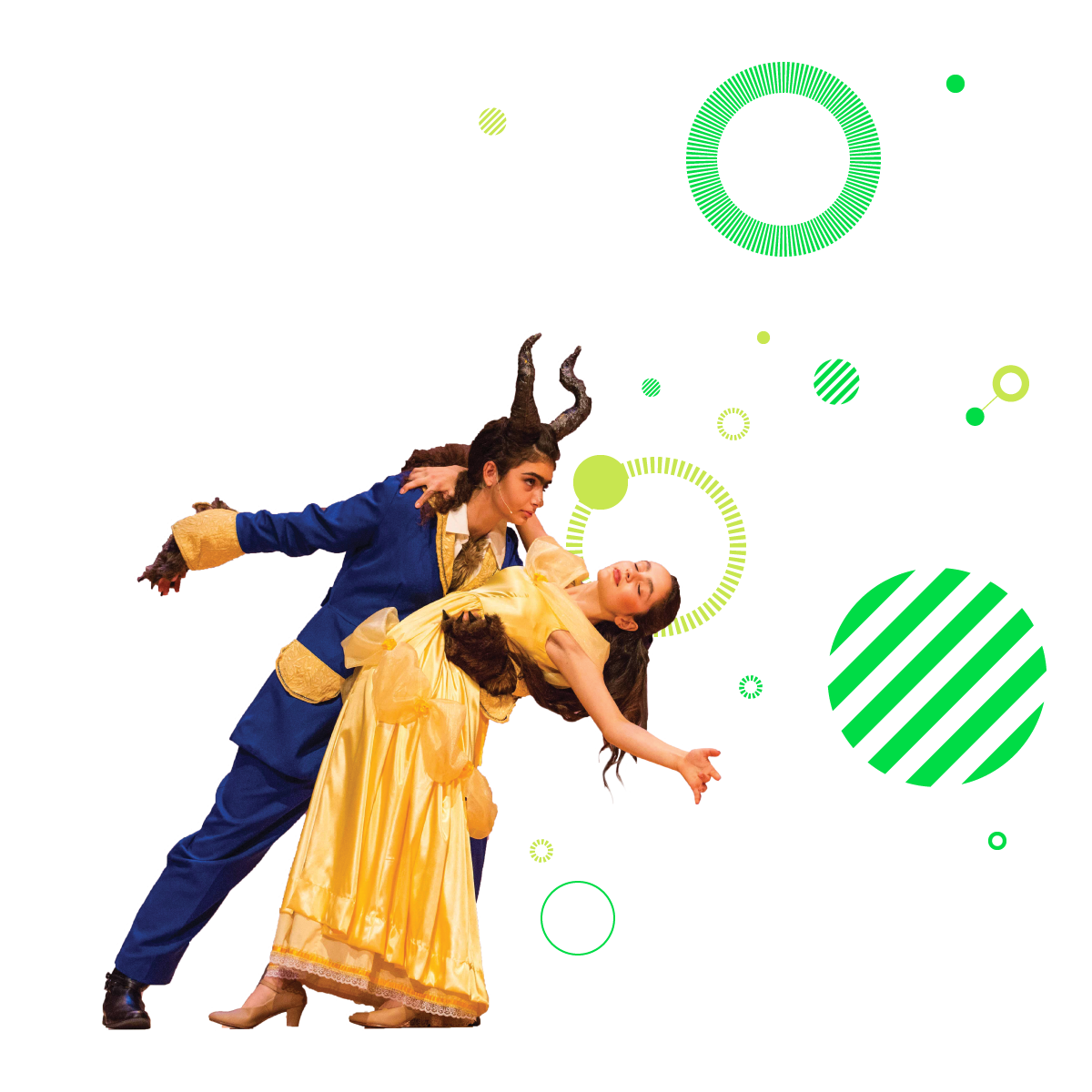“These black lives mattered. These black people were loved. Their losses to their friends, family, and communities, are incalculable…. Eventually, doctors will find a coronavirus vaccine, but black people will continue to wait, despite the futility of hope, for a cure for racism…The rest of the world yearns to get back to normal. For black people, normal is the very thing from which we yearn to be free.”
From “Remember, No One’s Coming to Save Us” by Roxanne Gay | The New York Times (May 31, 2020)

Yesterday morning I hiked to the top of a peak in the Santa Monica mountains. After spending this past week facing a wall in my bedroom office, helplessly following the news while working on wrapping up this school year and scenario planning for next year, I needed to see the horizon and a broader panorama in order to reflect in and synthesize the wide-ranging feelings and thoughts that had collected during this agonizing week. This morning, I am looking at a very different panorama, and I am shaken by the images of rage, pain, and destruction that we all are seeing in our beloved city and cities across the nation.
As I mentioned in my video message last week, we must celebrate the bright spots in these dark days of the pandemic and its attendant suffering. But in this time when so many polarities are in play, I hold these joyful moments alongside the harder, uncomfortable ones that have instilled myriad emotions many of us are undoubtedly feeling as the year comes to a close in this painful time: relief, joy, pride, sorrow, grief, anxiety, sadness. Perhaps you, too, have never felt so relentlessly raw. But as uncomfortable as it feels, we need to stay in these moments of raw feeling, not paper them over or wish them away in the hopes we can just go back to “how it used to be.” We can do better, and we must do better—our collective willingness to live through the pain and discomfort matters now more than ever.

There is no question that the pandemic has affected everyone around the globe. But that does not mean we are “all in this together.” We come to this crisis from different entry points equipped with varying resources, and each person on this planet is affected uniquely. As many have observed, the pandemic is exposing inequities we can no longer ignore or wish away.
Transmission of COVID-19 is higher in Black and Latinx communities, and people of color often experience its viral effects more severely. This is due to several factors driven by institutional racism, including the prevalence of Black and Latinx front line workers with jobs putting them at risk; discrimination and bias (conscious and unconscious) in our health care system; and the fact that many Black and Latinx Americans disproportionately live in areas with heightened exposure to germ transmission, as well as polluted air and soil.
Then there is the “wear and tear” of racism that causes what Dr. Camara Phyllis Jones, a physician and epidemiologist, and a former president of the American Public Health Association, calls “accelerated aging.” Adversity from discrimination, including the body’s response to being in a constant “fight or flight” syndrome, actually changes the body’s systems at a cellular level, and this contributes to chronic underlying health conditions.

Earlier this spring, Ahmaud Arbery, a young Black man jogging in a Georgia neighborhood, was killed by armed White residents, whose arrests were delayed by months. Breonna Taylor, a young Black woman in Kentucky, was killed in her home by police officers looking for a suspect who lived far away from Ms. Taylor’s neighborhood. This past week, we watched a White police officer in Minneapolis murder George Floyd, a Black man handcuffed in police custody. We are seeing nation-wide protests, including here in Los Angeles, mainly against the fact that rarely do police officers who brutalize or kill people of color end up facing consequences. The gut-wrenching experience of watching a police officer kill a man in handcuffs while onlookers implore him to stop has understandably triggered a powerful collective uprising. It is only when Black lives matter that all lives matter.
This week we also witnessed in real-time the dramatic role that White women can play in weaponizing racism to harm Black men when Amy Cooper, in Manhattan’s Central Park, retaliated against Christian Cooper’s request for her to leash her dog by calling the police to falsely report that he was threatening her life.
Journalist Ruby Hamad says, “The damsel in distress is an illusion of innocence that deflects and denies the racial crimes of white society.” Amy Cooper’s actions were loaded with history and symbolic significance; they were not an outlier or a single racist act. The “defense of white women’s honor” has been used to abuse, assault, enslave, and murder Black men for hundreds of years.
Watching Ms. Cooper deliberately manipulate this power dynamic, which she knew could have ended with the arrest of Mr. Cooper—or worse—is horrifying. Likewise, her insistence that she is a non-racist liberal is dangerous. We must change the popular understanding of racism from individual, isolated acts to seeing it as it truly exists: systemically and structurally. If we want to disrupt this narrative, we must reckon with it and insist on authentic dialogue, truth-telling, and empathy.

We saw these qualities in action at the Grade 8 Teach-In last Friday, where students were able to speak of the importance of Black lives, recognizing systematic oppression, and fearing for those in the community. As one of our amazing students stated so powerfully, “We all need to stick together and fight this, or nothing will ever change.” In my opinion, this is what it means to “all be in it together.” I am comforted by the wisdom our students demonstrate and by the commitment our community has shown to building and sustaining an inclusive community these past few years, working closely with Dr. Derrick Gay, and incorporating more racial literacy into our curriculum.
I am deeply humbled by how we have been able to become vulnerable and open ourselves up to the discomfort of new ideas that sometimes challenge our sense of who we are. I have prevailed upon White adults in our community to own our part of this work. People of color deserve to have their full humanity seen and protected, and we White allies must educate ourselves to the urgency of this work, as people of color cannot do this work alone, nor should they.
I have been heartened to see the positive response and active participation in Dr. Gay’s workshops and the open, candid conversations we engaged in regarding race this fall and winter. As we learned from our work with Dr. Gay, practicing anti-racism means listening deeply to the ways racism affects the lived experiences of people of color; identifying, challenging, and changing the structures and values that perpetuate systemic racism; and understanding how White people participate, often unconsciously, in racism. We must continue to do the hard, self-reflective work of examining our own biases and prejudices, asking ourselves, for instance, whether we find ourselves questioning what a murdered Black person might have done that might justify police brutality, or whether we think that Black people should simply “take better care of themselves” without considering the systemic issues they have to “weather” and unequal access to health care that erode their bodies and spirits.

We have only just begun. There is still so much to do to build a better world for our children. The world we find ourselves in has resulted from the way we have lived as a society: “low-road” capitalism, environmental distress, as well as systematic racism and genocide that lie at the heart of the founding of this country. Fear and greed undergird these realities and turn us away from each other and each other’s humanity. Our desire to return to “normal” is very strong, but this is not the time for complacency or “business as usual.”
At Turning Point, we raise citizens who have the skills and dispositions to change the world. We are guided by the elements of equity, inclusion, respect, kindness, trust, friendship, leadership, integrity, advocacy, accountability, empathy, courage, and compassion. We don’t want to return to normal when we stitch the world back together. We want to bravely create something new, with justice, peace, and love at the center, where we have what Zen Buddhist teacher Joan Halifax calls “strong back, soft front,” a balance between equanimity and compassion. We ground ourselves with strong backs and open ourselves to the way things really are. Only when we can sit with the pain and discomfort of how our current world operates can we truly change things for the better.
I am inspired by Halifax’s call to action: that we must ask difficult questions about how our economy operates, deeply address issues related to race, enhance gender parity, determine our responsibility to the environment, and most importantly, end the structural violence that has been part of the equation that has given rise to the current pandemic.

I ask all of us: What will our world look like if grace, justice, and kindness are the guiding principles of the world’s rebuilding, replacing disempowerment and discrimination? What would we have to give up to achieve this, and what might we gain? I hope these are questions that will emerge from the despair and anguish and propel us into a world where all our children and our children’s children can thrive.
I urge us all to commit to deepening our understanding of these issues as we care for ourselves and our families and think about the future of a more just, sane, and compassionate world. I have listed some resources below that can help guide this work, many of which are particularly helpful for White allies.
Warmly, with gratitude, and in solidarity,
Laura
Laura Konigsberg
Head of School
lkonigsberg@turningpointschool.org
Recommended Resources
Articles
Remember, No One’s Coming to Save Us by Roxanne Gay | The New York Times (May 31, 2020)
For Our White Friends Desiring to be Allies by Courtney Ariel | Sojourner (August 16, 2017)
It’s Not Obesity, It’s Slavery by Sabrina Strings | The New York Times (May 25, 2020)
Who Gets to Be Afraid in America? by Dr. Ibram X. Kendi | Atlantic (May 12, 2020)
White Privilege: Unpacking the Invisible Knapsack by Peggy McIntosh
The 1619 Project (the articles) | The New York Times Magazine
Beyond the Hashtag: How to Take Anti-Racist Action in Your Life by Zyahna Bryant | Teen Vogue (May 28, 2020)
Podcasts
1619 (New York Times)
About Race
Code Switch (NPR)
Intersectionality Matters! hosted by Kimberlé Crenshaw
Books
So You Want to Talk About Race by Ijeoma Oluo
Waking Up White by Debby Irving
The Warmth of Other Suns by Isabel Wilkerson
White Fragility: Why It’s So Hard for White People to Talk About Racism by Robin DiAngelo
How to be an Anti-Racist by Ibram X. Kendi
Other Resources
75 Things White People Can Do for Racial Justice
Resources for White People to Learn and Talk About Race and Racism
Check out these books for children and young adults from the list of Coretta Scott King Book Award Winners
Follow The Conscious Kid on Instagram


































